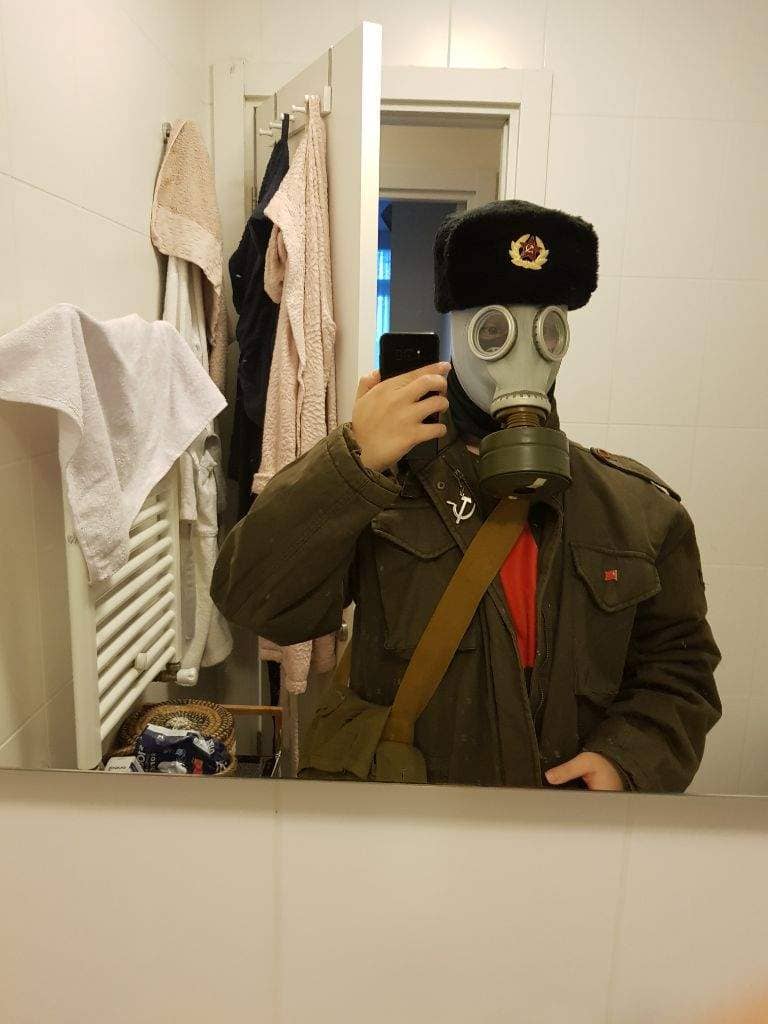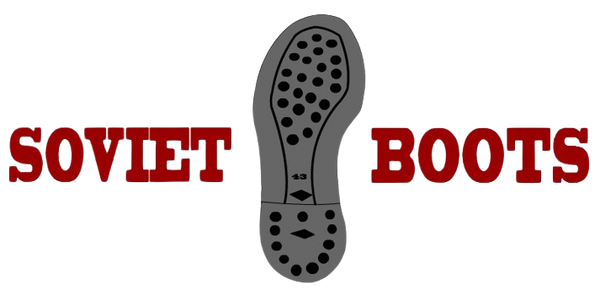Russian boots history
History of Russian Footwear
The most ancient form of footwear in Rus (the territory of modern Russia) was porshni, shoes made from a piece of rawhide leather, usually of horse, pig or seal, sewed by hiderope. Porshni were used in Novgorod already in the end of the 10th – beginning of the 11th century. There was similar footwear in Europe at that time. These shoes were popular in Russia till the beginning of the 20th century.
Lapti, basketry shoes made from bark or bast (inner bark of linden tree), were the most popular footwear in Rus. Firstly lapti are mentioned in the 10th century documents, although an instrument that was used for making lapti, was found in the ancient encampments dated to the Iron Age (around 1000 BC). As lapti were made from thin bast, they were abraded very quickly: in four days in summer, in ten days in winter. This footwear was usual for poor people.
High boots were borrowed by Russians from Turkic nomads, who used them for horse riding. Rich and noble men and women wore soft marocco boots, in bright color with many decorations. Women wore also decorated red leather bottineses. Whereas poor people wore only lapti or porshni.
Only during the Peter the First rule time, traditional high boots lost their popularity, as he produced a law to limit wearing traditional Russian dress.
In the beginning of the 20th century almost all men wore high boots. Whereas women wore koti, short-cut boots. Creaking boots were very stylish at that time. In order to achieve creaking effect, during the production of a boot, a strip of dry birchbark was put between sole and inner sole, or a sugar was poured there.
Valenki, warm hard boots made of felted sheep wool, firstly appear in Rus in the period of the Golden Horde times from Turkic and Mongol tribes, who used similar footwear. Howevew valenki became widespread only in the first half of the 19th century, and were used mostly for walking on dry snow.
Men wore a special kind of valenki called burki. The bottom looked like leather boots, but upper part was made of white felt, framed with dark leather strips to protect from moisture and to contrast white felt. In Soviet times burki were worn by military officers, and heads of collective farms.
The warmest high boots are called unti. These are boots for cold and very cold climate, made of dog or reindeer fur outside or inside, and thick felt sole. This is regular footwear for Thule peoples. Formerly, unti were a part of pilot’s winter uniform.
Development of Military Footwear
Slavic warriors did not have any special footwear. Only personal bodyguards of tzars wore high boots, but regular warriors usually had only lapti, basketry shoes made from inner bark of linden tree.
The idea of military shoes developed in around the 16th century, during the rule of Ivan the Terrible who organized the first regular military units - riflemen. In Moscow persons liable for military service wore high boots with curved toes. There were 14 riflemen regiments, and majority of them used yellow high boots, only two – green ones, and only one – red ones. At that time military dress and footwear was comfortless and non-functional. It was more pretentious than practical.
Later, during the rule of Peter I, soldiers started to use square-toed footwear, shoes with buckles and flared boots. The flared boots were regular footwear for cavalrymen. At this time the rank of a serviceman did not influence the quality of footwear, there might be difference only in materials findings and spurs were made of.
Interesting fact
What was Peter I shoe size?
Peter I was 2 meters (79 inches) tall – a head taller than usual men. However, his shoes size was only 38 (UK 6).
In year 1778 knyaz Potemkin became the Field-Marshal of Russian Army. He made several reforms, including uniform reform. He achieved that tails, pigeon wings and hair powder were abolished, and servicemen started to wear practical and comfortable dress and footwear. Thanks to this reform, light and comfortable boots with short boot-top appeared.
Nevertheless during the rule of Pavel I (1796-1801), tails and pigeon wings were returned and the servicemen had to wear uncomfortable Prussian-like uniform. The boot-tops became longer and boots started to be made of patent leather. Patent leather shoes were also popular and were worn together with stockings.
Patent leather footwear was popular many years, till the next tzar Alexander I changed Russian Army footwear from half-boots and shoes to knee-high boots made of Russia leather.
The next tzar Nikolay I brought the strangest army footwear – a very short boots, on the top of which black cloth half-boots with 5 or 6 buttons had to be worn. Customary high boots with foot wraps returned to the army together with the next tzar Alexander II, and for a long time remained unchanged.
In Soviet times high boots were the main army footwear. During the USSR times a huge variety of high boots designs appeared. Despite the high boots were changed to special army quarter boots in Europe and USA already during the World War II, in Russia this kind of army footwear started to be used commonly only in the beginning of the 21th century.
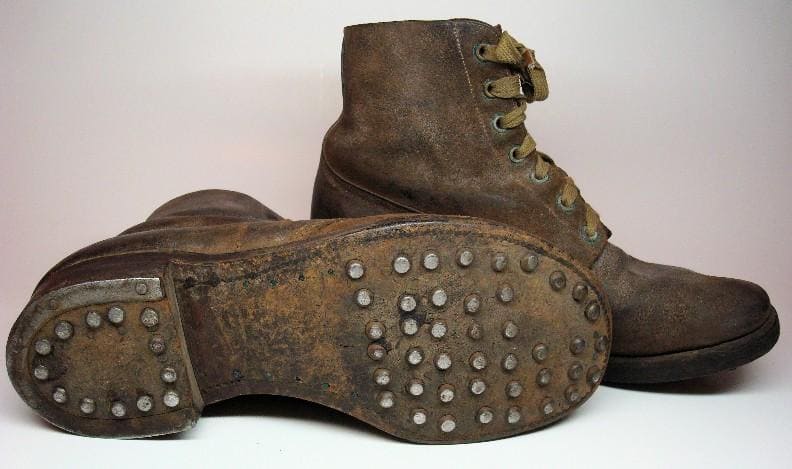
Caption
The history of military footwear
As noted above, for a long time, the "engine" driving the development of specialized footwear was not the market, but the needs of soldiers, which later evolved into professional military needs.
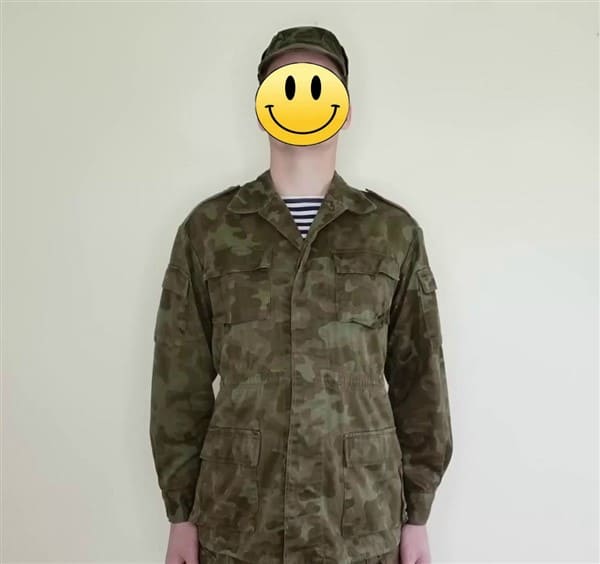
The History of the Soviet Afghanka Uniform: A Guide to Assembling Your Own Afghanka M88 Uniform for Afghan reenactment
The uniform of 1969 did not meet the modern military requirements, leading to the decision to develop a new uniform in the mid-1970s. The basis for creating the Afghanka was the OKZK-D, a paratrooper general-purpose uniform developed in the late 1960s and early 1970s.

How to stretch Soviet boots if they are small and squeeze your feet
Sometimes, when purchasing stylish Soviet boots, you may encounter a problem with their size. But don't worry, there are several effective ways to stretch your leather boots
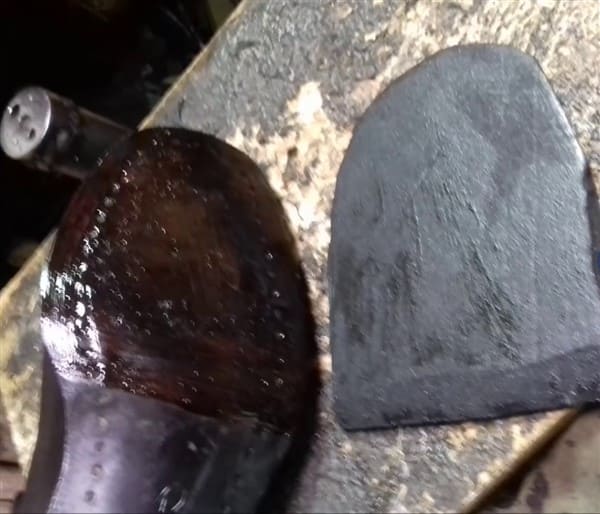
How to install rubber prophylaxis on leather sole for Soviet officer riding boots: sole protection
Soviet officer riding boots, often intended for officers and horse riding, have leather soles, which, unfortunately, can quickly wear out with intensive use

Rene Altman's Creating Excellent Costume for Admiral Kendal Ozzel and boots from SovietBoots.com
Meet Rene Altman, a dedicated Star Wars fan who, at the age of 57, embarked on an amazing journey to recreate Admiral Kendal Ozzel's iconic costume from Star Wars Episode V..

How to Choose Star Wars 501st Legion Boots If You Have Large Feet and Wide Calves?
Fans of the Star Wars universe know how important detail is when creating character costumes. However, for those with large feet and wide calves, finding the right jack boots can be a real challenge..
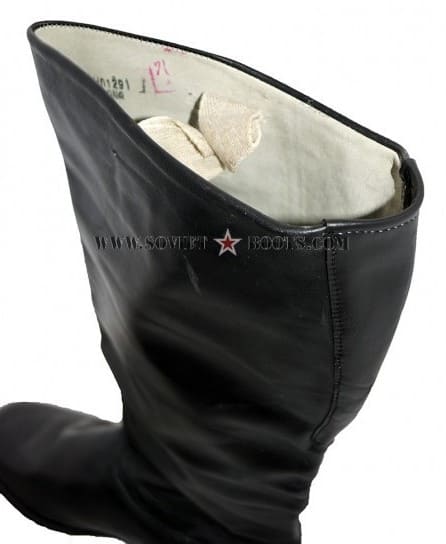
How to widen the top of Soviet officer boots: Simple steps to comfort
Buying stylish officer boots can be a real pleasure, but sometimes they can be a little narrow in the calf area. Don't worry!
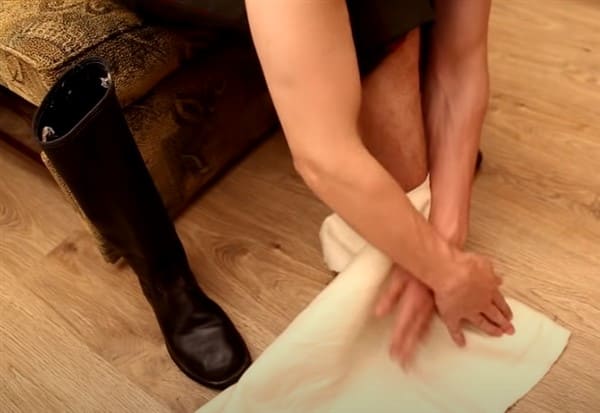
How to use 'Portyanki' foot wraps of Soviet boots sapogi: Practicality and Convenience
The Soviet army placed great importance on practicality and comfort in military footwear, and in this context foot wraps became an integral part of soldiers' equipment.
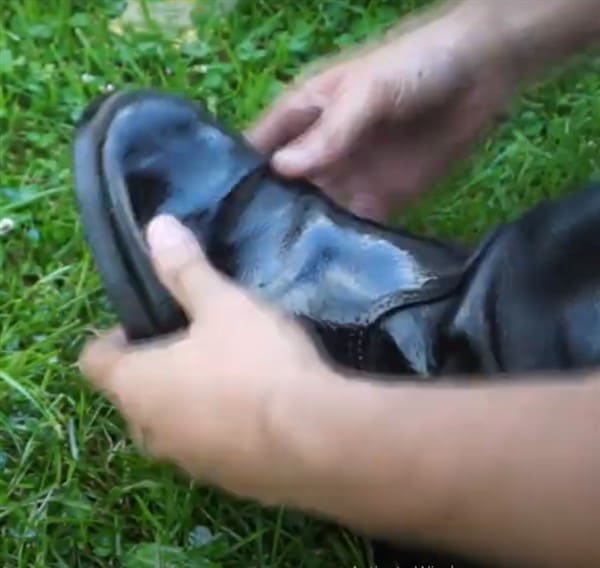
Caption
How to restore softness to old and dry boots: A simple method using vegetable oil.
Old boots, stored for a long time without use, can lose their original softness and become hard like stone. However, before you decide to throw them away, it’s worth trying to restore the leather and give your boots a second life.
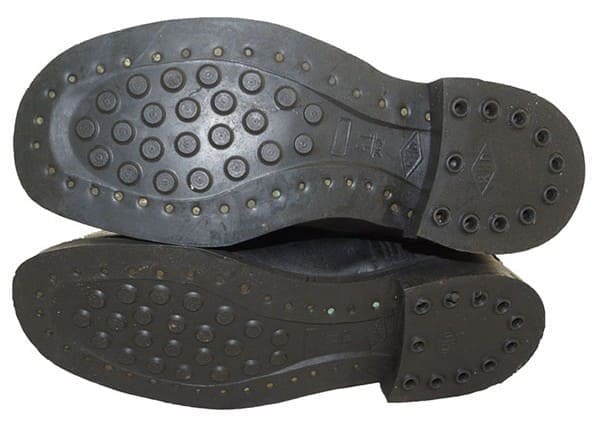
Caption
How to choose the perfect Soviet boots for WWII military reenactmentWW2 'dot' soles Soldier Kersey Boots – Authentic 1940s Style
The art of military WW2 reenacting requires attention to every detail to achieve maximum historical accuracy. Soldier boots with 'dot' soles are becoming an integral element for those who seek to recreate Red Army..

Caption
How to create a unique Darth Vader suit: Assembly Secrets and Tips for Choosing Boots
If you're dreaming of bringing the dark look of Darth Vader from Star Wars to life, choosing the right boots is a key step towards creating a complete costume. In our store, we not only offer high-quality boots, but also share with you the secrets of assembling the costume to make your Darth Vader look truly amazing.
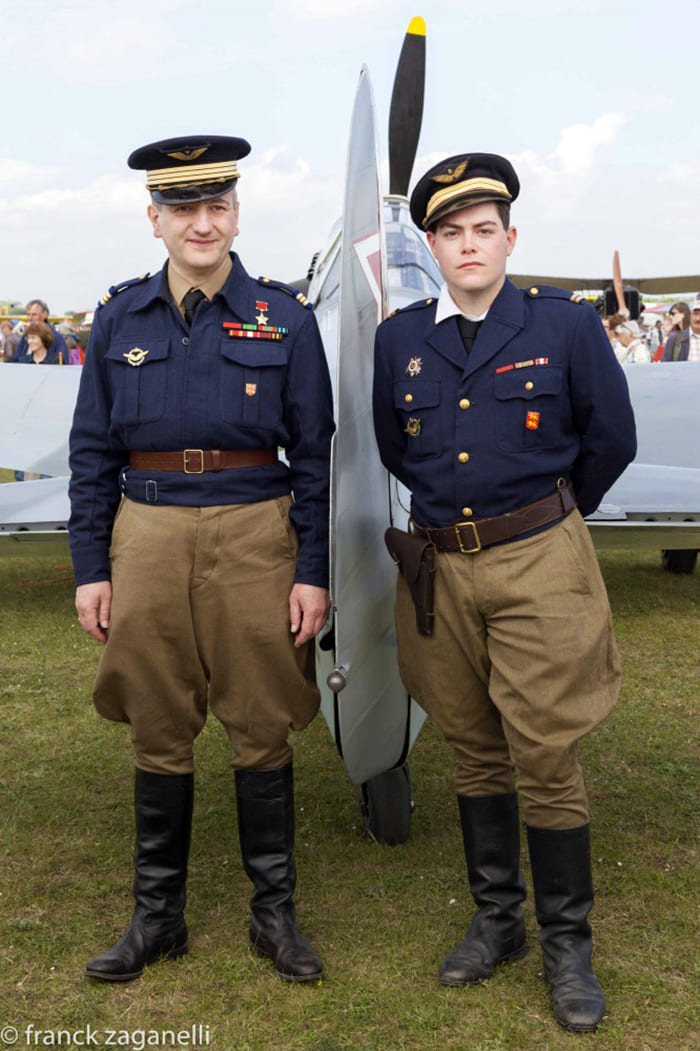
Our customer Gene Garren shows his soldier boots from our store
Gene Garren served in Ranger, and Special Forces/Special Operations units and am a 100% service connected disabled veteran. I was also a sniper, and have a refurbished Soviet 1943 Mosin Nagant sniper rifle with matching scope..
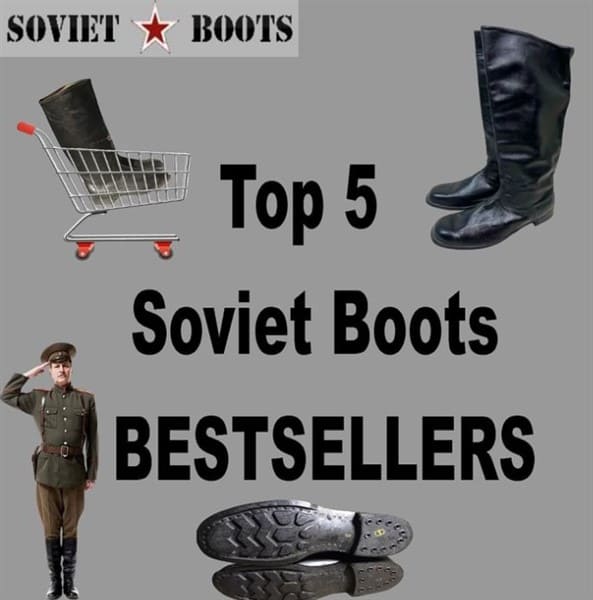
Top 5 Soviet Boots Bestsellers
Top 5 Soviet Boots Bestsellers, According To The Rating Of The Online Store SovietBoots.Com, Are Presented As Follows..
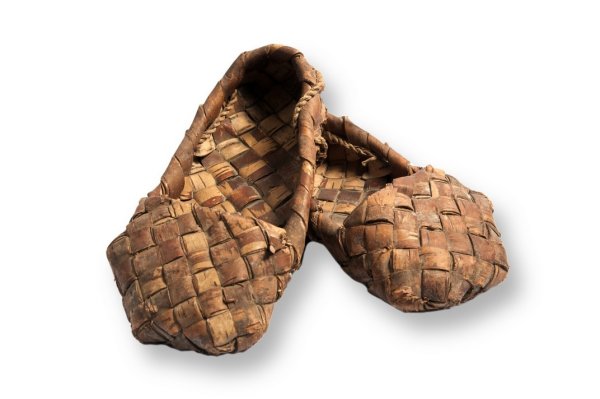
Russian boots history
The most ancient form of footwear in Rus (the territory of modern Russia) wasporshni,shoes made from a piece of rawhide leather, usually of horse, pig or seal, sewed by hiderope. Porshni were used in Novgorod already in the end of the 10th – beginning of the 11th century..
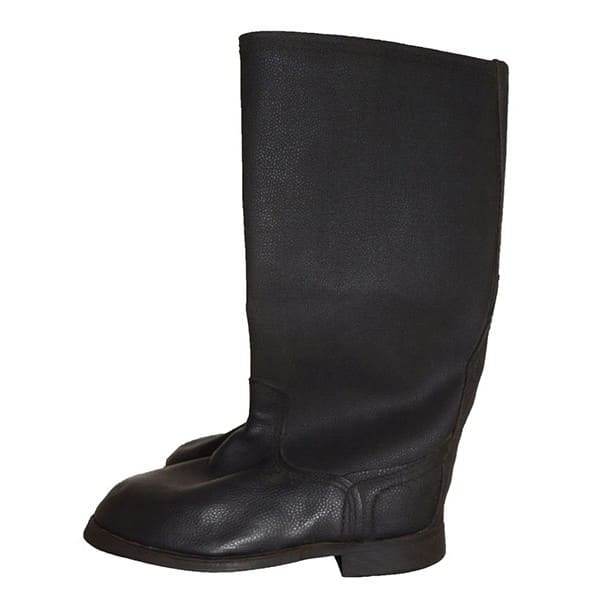
History of Kersey Kirza boots?
In the beginning of World War II, USSR faced a problem of footwear for millions of soldiers, as there was catastrophic lack of leather boots..
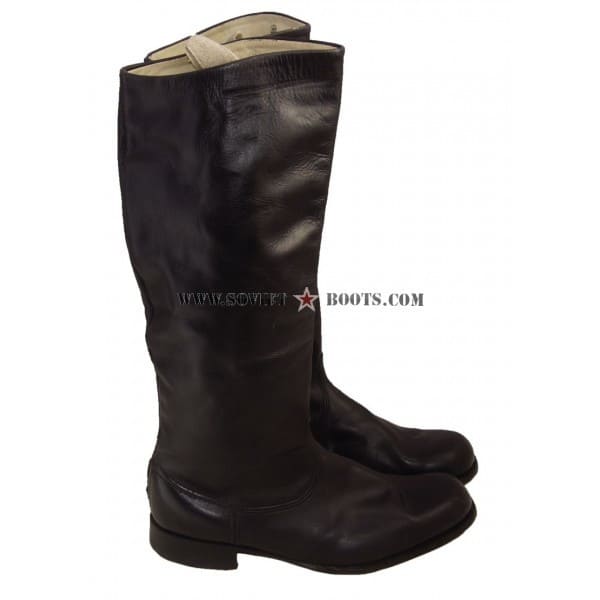
What is Chrome Officer boots?
Chrome officer boots for many men are a symbol of bravery, fortitude, honor, and military virtue. That is why even men not related to armed forces, are willing to buy them..
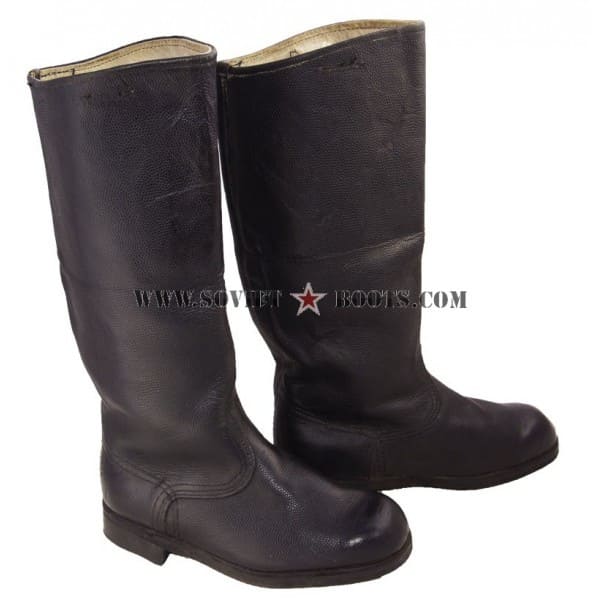
What is Yuft Jack boots?
Yuft is a very thick leather made by tanning skins from cattle bellies with oak, willow, or birch,and then rubbing with an phenolic oil..
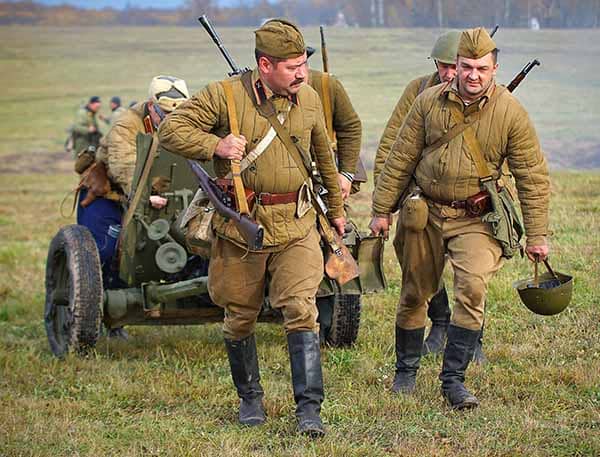
Soviet boots in military reenactment
Reenactment is a comparatively new but a very popular hobby of restoring historical battles, a specific active leisure with elements of extreme. It is based on a historical information and items left from the event, and is made as close to the original battle as possible..
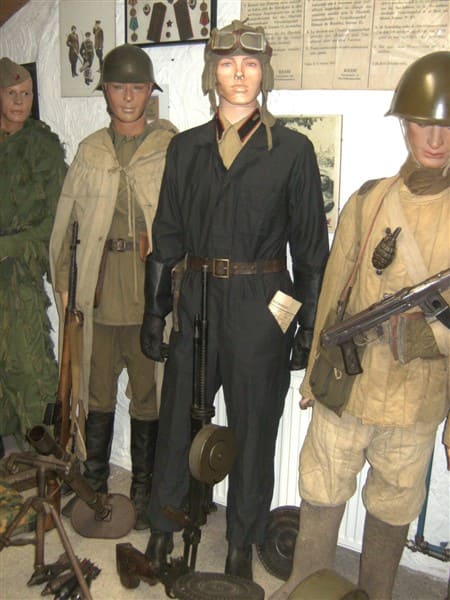
Jan from Belgium is a famous collector
Jan bought boots in our store for his mannequins and sent us photos, take a look
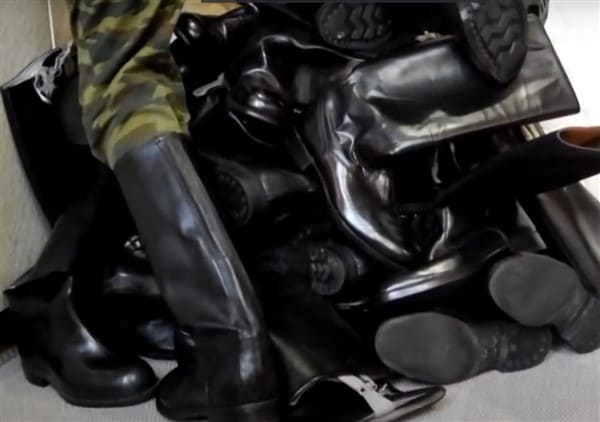
Collecting
Collecting historical relics is one of the most popular types of collecting. Historical relics are traces of our ancestors’ life. They can be jewelry and crosses, various kinds of living items: locks, keys, instruments, knives, fishhooks, buttons, etc.
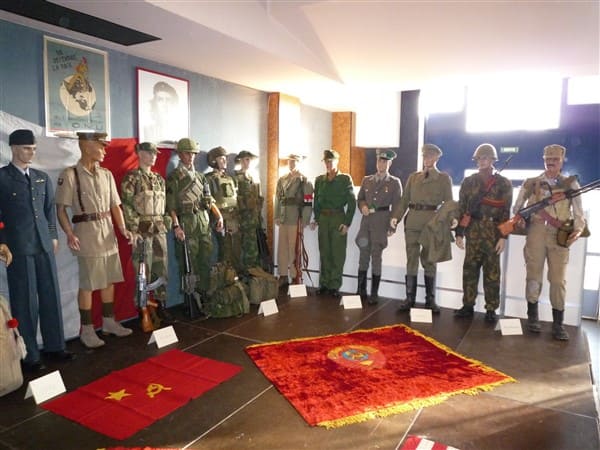
Bruno from France ordered boots from our store for museum
Not infrequently private collections turn into city museums – institutions where artifacts and other things of historical importance are collected, investigated and made available for public viewing.
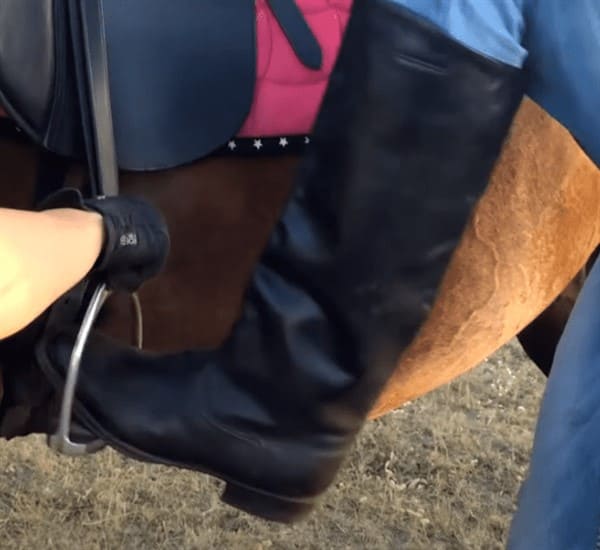
Soviet boots for riding
Any of us ever wanted to mount a beautiful strong horse and ride as quick as the wind to illimitable space, far from everydayness, towards the horizon..
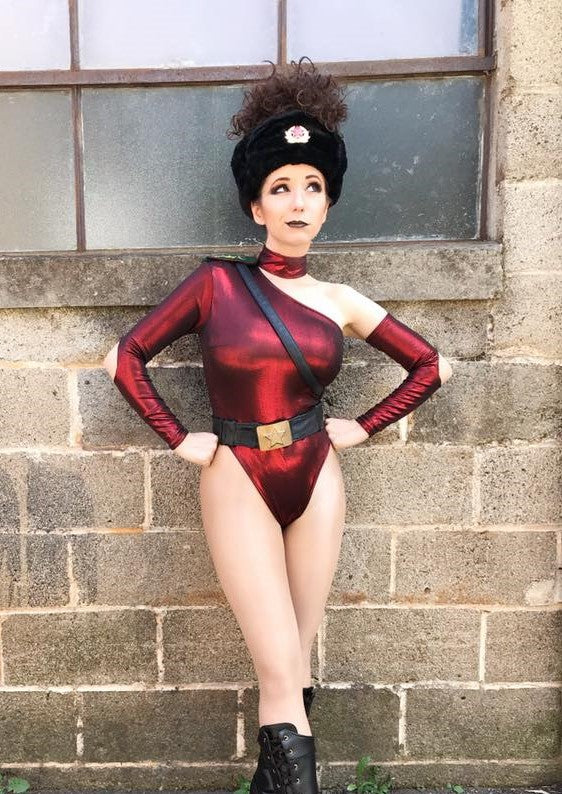
Soviet boots for cosplay
Costume parties are entertaining events usually carried out in public, may contain a distinctive style of dress that reflects the theme of party. These may be the holidays, show performances, flashmobs,
